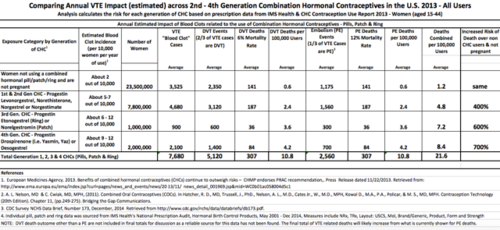As a recent 23 year old college graduate, our daughter was entering into an exciting new phase in her life, when it was tragically cut short by a pulmonary embolism caused by her birth control pill.
In April 2013, Alex graduated from the University of Pittsburgh with a double major in communications and writing. At the beginning of that year she had entered into a relationship. So, during her Spring Break visit to her family home in Houston, she and her mother visited a doctor where she was prescribed Lutera for birth control. She seemed to feel well on it and never complained of any alarming symptoms to her mother or me. Following graduation she found work with an oil and gas marketing company in Pittsburgh and decided to stay up there, moving into a house with several other young women.
On the afternoon of October 30th of 2013, whilst waiting for the elevator with a co-worker, she suddenly collapsed. The co-worker called an ambulance and she was taken to St. Clair hospital, the closest facility. Her co-worker said that she was having shortness of breath, chest pain, and heart palpitations before she collapsed. During the drive there, the EMT called us in Houston and advised that our daughter had had some sort of seizure and was being taken to hospital. Her co-worker told us not to worry too much as it seemed to be an epileptic fit or similar and that she’d be fine.
About one hour after the first call we received a call from the emergency room doctor who advised that, if at all possible, we should get up to Pittsburgh STAT. By this time her boyfriend and a good friend of ours had arrived at the hospital, so we were able to get regular updates as we rushed to the airport. The main issue seemed to be that they wanted to life-flight her to the main hospital campus, but that it was proving difficult to stabilize her. A CT scan had confirmed a pulmonary embolism in her lung. We arrived in Pittsburgh approximately six-and-a-half hours after the first call, but she had died two hours before our arrival.
In talking with her boyfriend he told us that everything had been fine, although on the morning of her death she’d mentioned that her ‘butt’ felt like it had a pulled muscle. In addition, Alex had eaten dinner with our friend the night before, and had apparently mentioned that she felt tired. But there were really very few warning signs that could have alerted her or us that something was wrong leading up to her death.
This sudden loss has devastated us, forever changing our lives. It’s vital that all women who consider birth control of any sort should be aware of the risks, particularly those arising from the use of hormonal-based contraceptives. There are too many tragedies like that of Alex’s.
Real Risk Study: Birth Control and Blood Clots
Lucine Health Sciences and Hormones Matter are conducting research to investigate the relationship between hormonal birth control and blood clots. If you or a loved one have suffered from a blood clot while using hormonal birth control, please consider participating. We are also looking for participants who have been using hormonal birth control for at least one year and have NOT had a blood clot, as well as women who have NEVER used hormonal birth control. For more information or to participate, click here.













